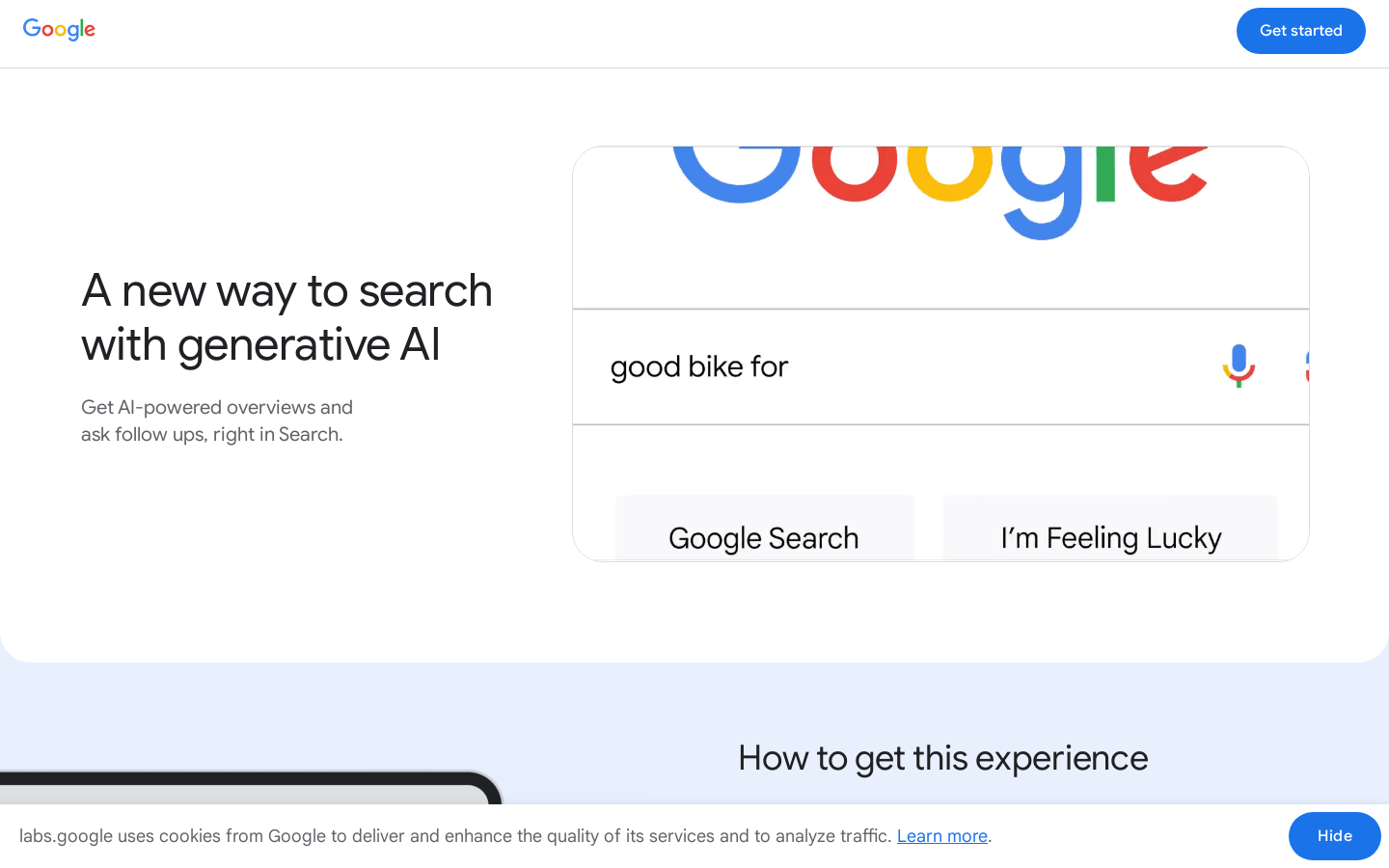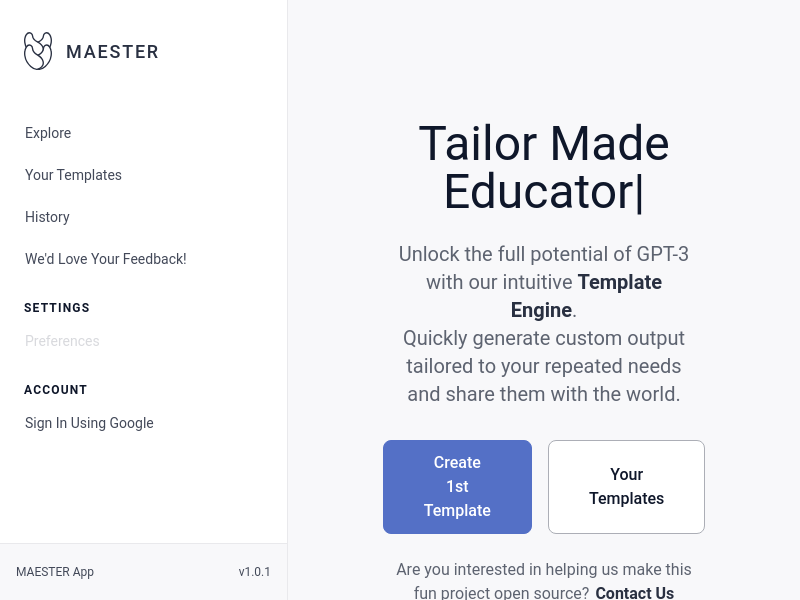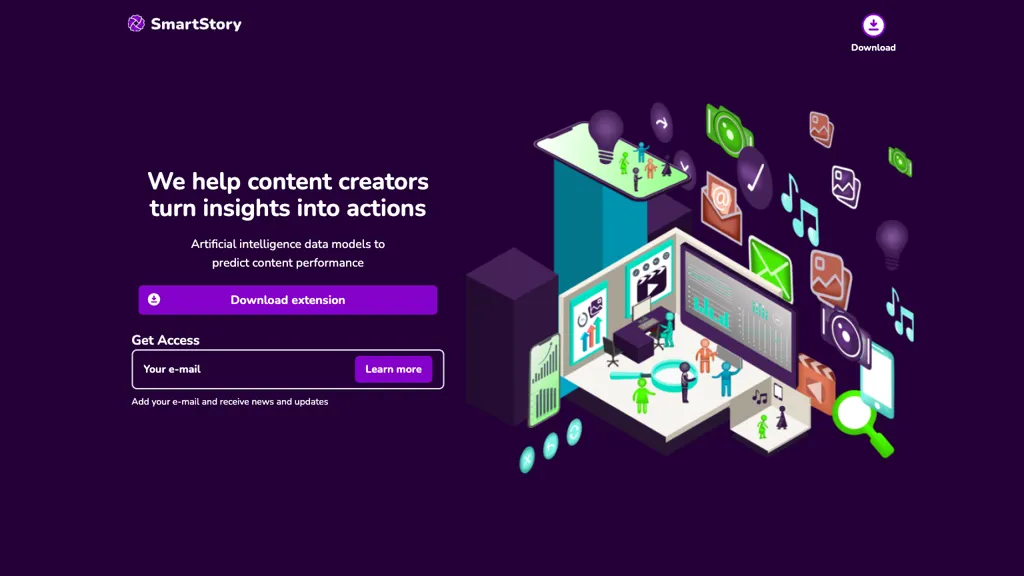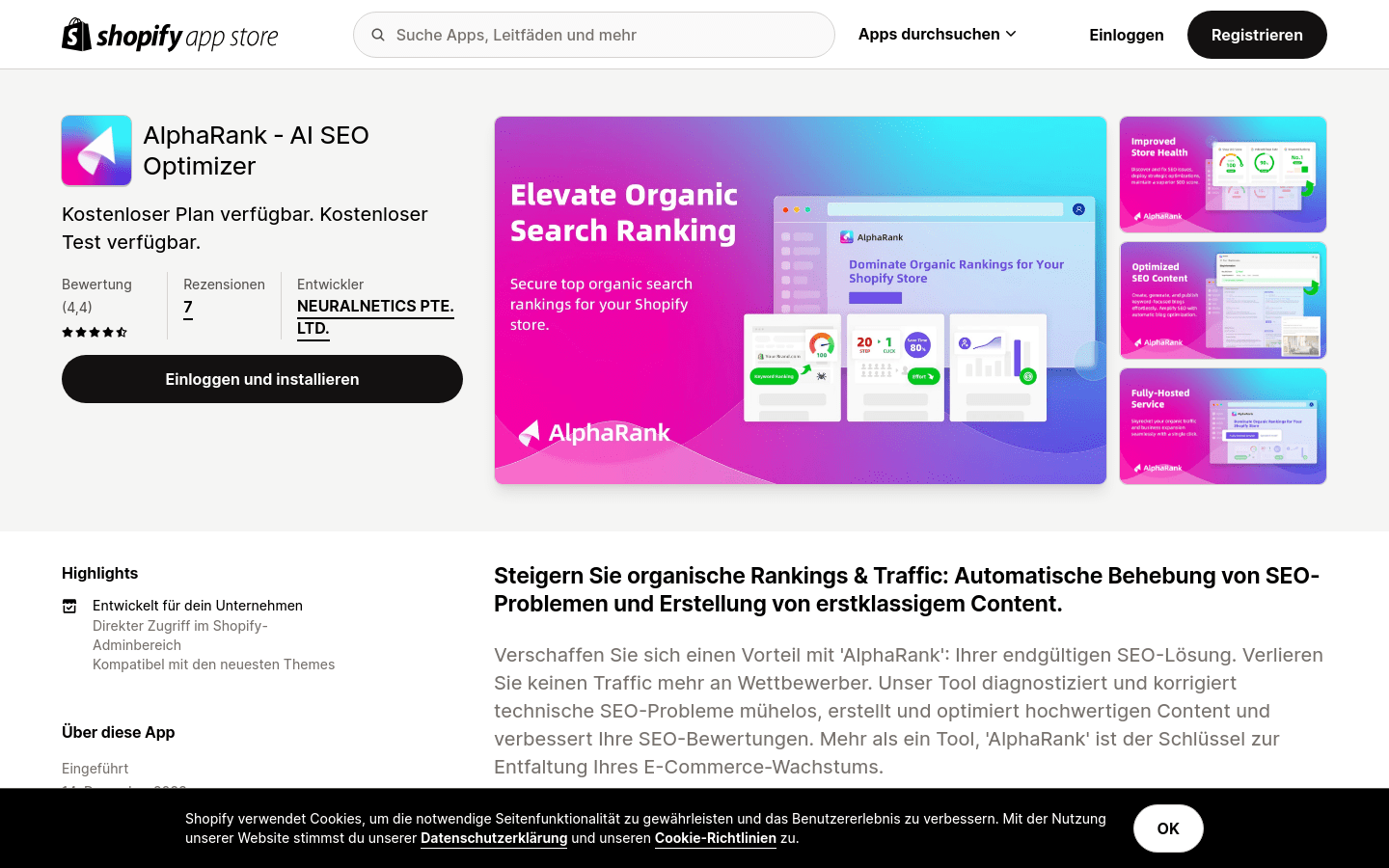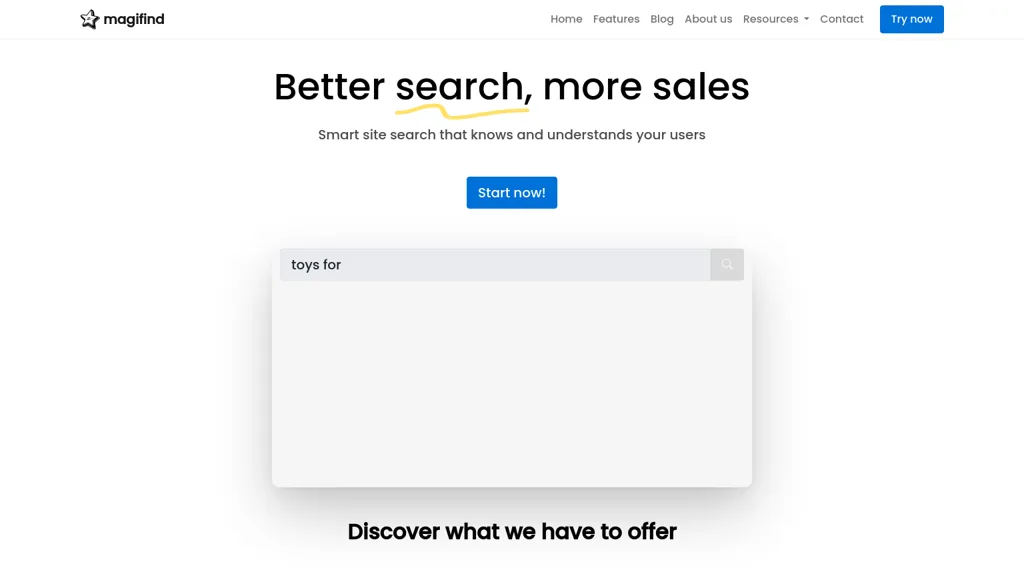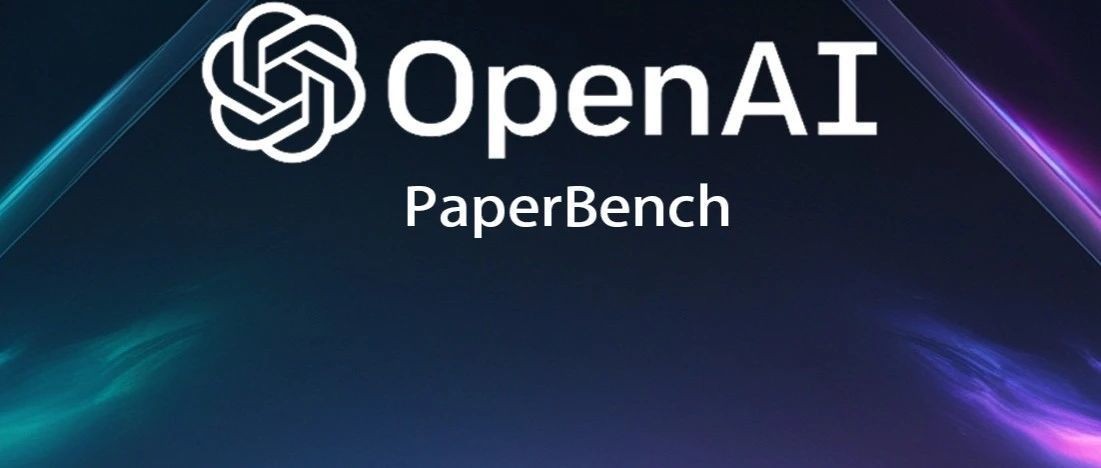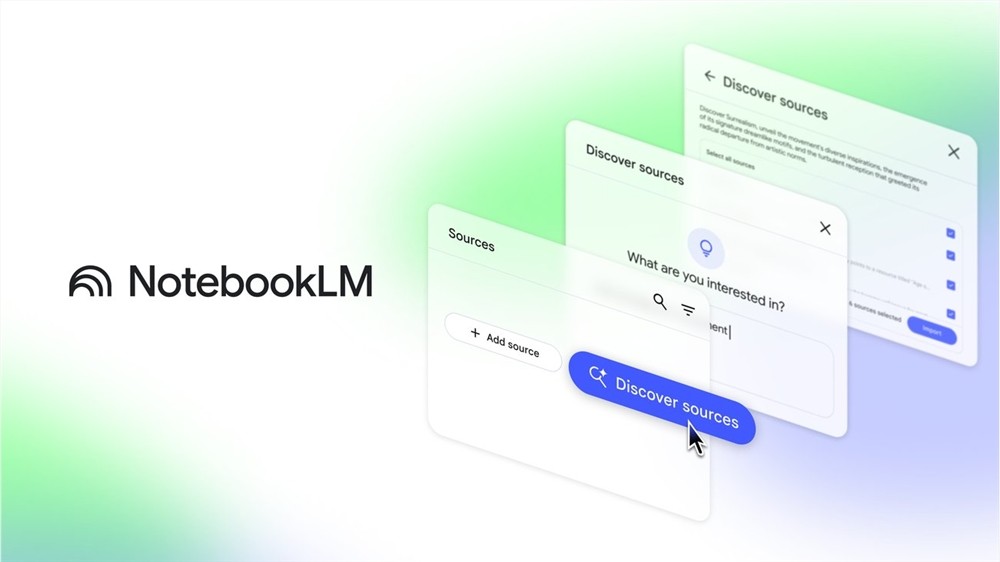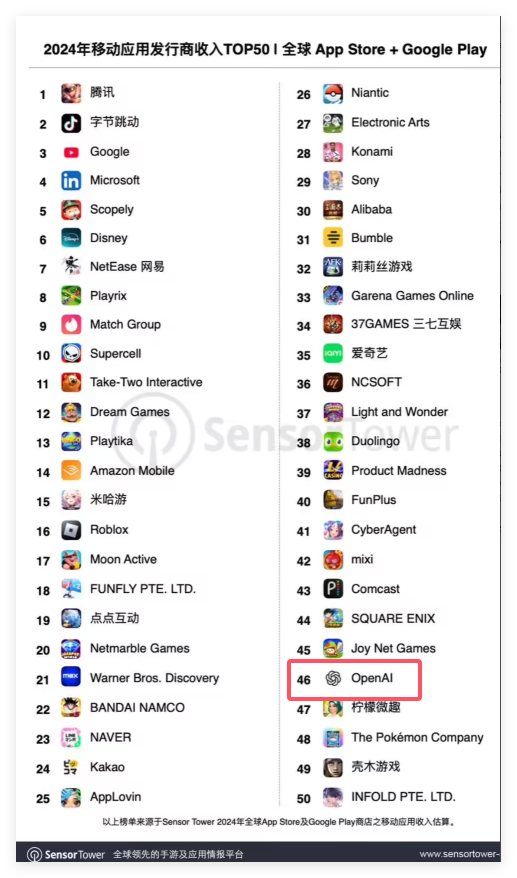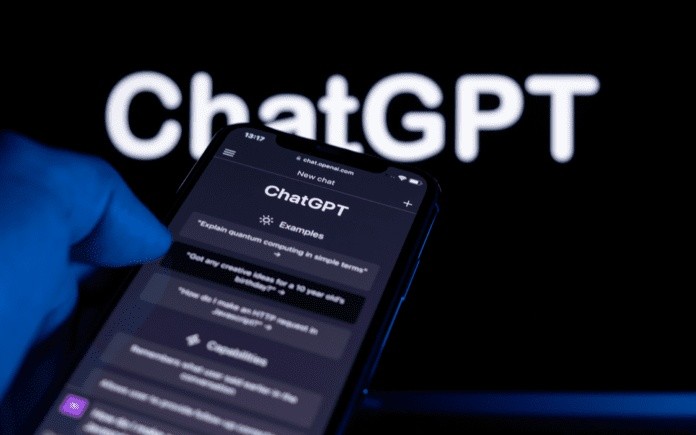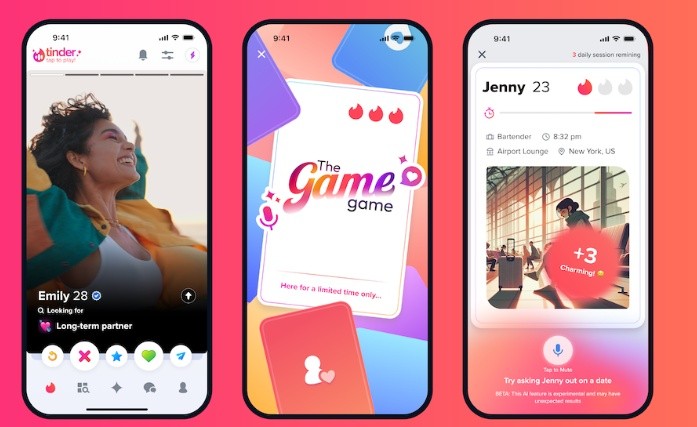
GameNGen is a game engine that is completely powered by neural models that enable real-time interaction with complex environments and maintain high quality over long-term trajectories. It is able to interactively simulate the classic game "DOOM" at a speed of more than 20 frames per second, and its next frame predicts PSNR to 29.4, which is comparable to lossy JPEG compression. Human evaluators are only slightly better than random chances in distinguishing game clips from simulated clips. GameNGen trains through two stages: (1) an RL-agent learns to play games and record the actions and observations of the training session, which becomes the training data of the generated model; (2) a diffusion model is trained to predict the next frame, conditioned on past actions and observation sequences. Condition enhancement allows stable autoregression generation on long-term trajectories.
Demand population:
" GameNGen 's target audience includes game developers, AI researchers and graphic designers. It provides game developers with a new tool to quickly generate high-quality game environments and animations; for AI researchers, it provides a platform for researching real-time interactions and environment simulations; and for graphic designers, it provides an innovative way to create and present visual content."
Example of usage scenarios:
Game developers use GameNGen to quickly generate game environments and animations
AI researchers use GameNGen for real-time interaction and environmental simulation research
Graphic designers use GameNGen to create unique visual presentation content
Product Features:
Simulation of complex environments in real time using neural models
Simulate DOOM games at speeds of more than 20 frames per second on a single TPU
The next frame prediction reaches 29.4 PSNR, which is comparable to lossy JPEG compression
Human evaluators have difficulty distinguishing between real game clips and simulated clips
Learn to play games and record training data through RL-agent
Diffuse model training, used to predict the next frame
Condition enhancement technology to maintain visual stability of long-term trajectory
Tutorials for use:
1. Visit GameNGen 's official website to get models and related documents
2. Understand how the model works and training process
3. Set and configure model parameters as needed
4. Use RL-agent to train games and collect data
5. Use the diffusion model to predict the next frame
6. Apply condition enhancement technology to maintain visual stability
7. Adjust the model according to feedback and optimize performance
